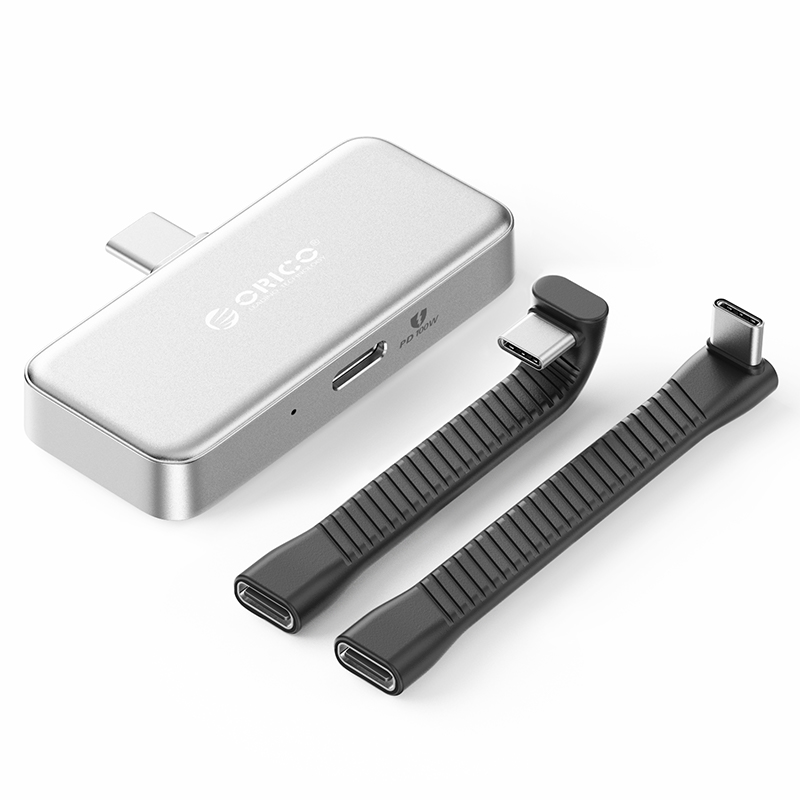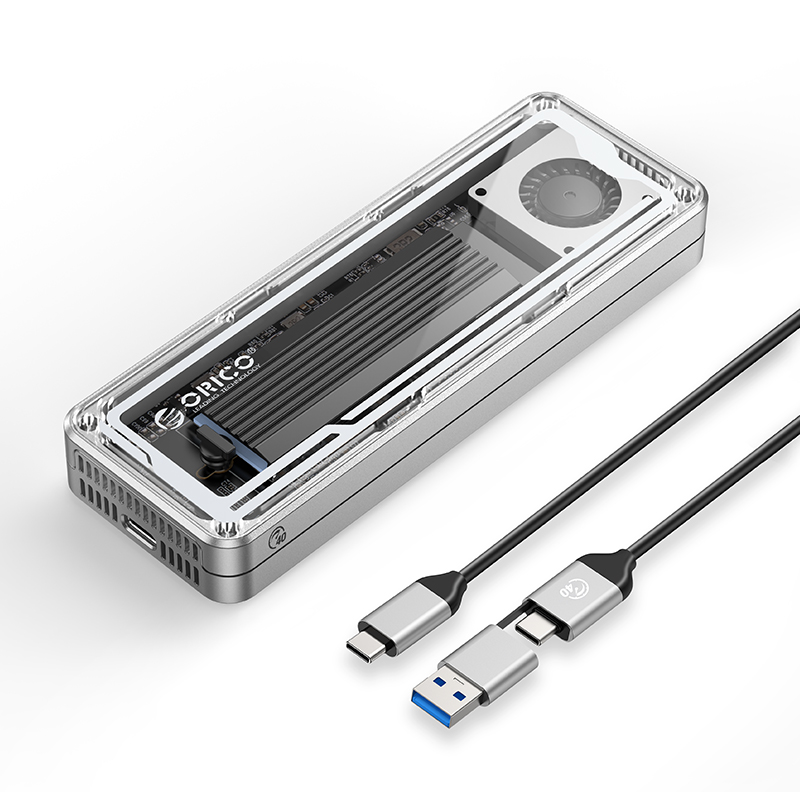The Benefits of Upgrading to a Solid-state Drive
Posted on Jun 30, 2021
Many unsatisfactory things in life come from various bottleneck effects. Sometimes the bottleneck is not so obvious, such as the bottleneck in solid state drives.

Users who upgrade their machines to a solid state feel that the solid state drive is much more comfortable to use. Many daily tasks are completed almost instantly, but what happens when you have to deal with larger files or give a lot of commands to the hard drive in one mind? Although SATA solid-state drives are much faster than your old machinery, their speed is still severely limited.
First, the upper limit of SATA interface data transmission is 600MB per second. The flash memory technology used in solid state drives has been several times faster than this for several years, but due to the speed limitation of the SATA interface, even the top SATAI solid state drives cannot provide data transfer speeds higher than 600MB per second. Second, SATA hard drives use advanced host controller interface, the AHCI interface standard. Although it sounds high-end and performs well, AHCI is not tailor-made for solid state drives. Its function is to increase the speed of mechanical hard drives. , It is aimed at mechanical hard drives that are slow to read and write and can only process a little data at a time, rather than solid state drives that can obtain massive amounts of data.
In this regard, the hard disk manufacturer's countermeasure is to manufacture faster PCI-E bus hard disks, so the NVMe standard turned out to be a new interface standard for PCI-E solid-state hard disks. NVMe maximizes the use of solid-state drives by parallelizing instructions and the ability to read and write large amounts of data at the same time, just as a multi-core processor increases the processor speed by distributing the load among multiple cores. The difference between NVME and AHCI is In the command sequence, it indicates how many data requests the hard disk can respond to each time. AHCI can only process a maximum of 32 commands in one queue at a time, which is very good for slow mechanical hard disks, but too much for SSDs. Slow, NVMe solves the speed bottleneck by providing 65,000 queues, which can process 65,000 commands without a sequence. This means that the hard disk with the NVMe interface can maintain high speed even when processing massive amounts of data.
Showing 1 Comments
-

tTeknik Industri· Dec 01, 2023
How do the benefits of upgrading to a solid-state drive enhance overall system performance and user experience compared to traditional drives? Regard Telkom University













 Store
Store








Leave a Comment